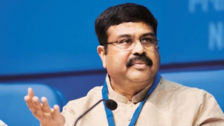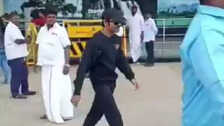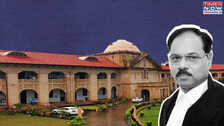Contents
Nocturnal tourism: Why exploring the world at night will rule your days in 2025What is night tourism?Hotel Line Up Night Sky ExperienceCan night tourism be sustainable?latest newsRecap 2024: From Hiramandi to Raat Jawan Hai, the best OTT shows of the yearExclusive! Makers of Ajith’s Vidamuyarchi to release special surprise on New Year 2025NEP 2020 will act as a catalyst to reclaim our linguistic pride: Dharmendra PradhanDhanush resumes shooting for Idli Kadhai after London trip12 must-read fantasy books that define 2024In Chhattisgarh, Maoists killed a BJP leader by slitting his throat, investigation continues.Varun Dhawan makes fun of Kapil Sharma-Sunil Grover feud in The Great Indian Kapil ShowWho is Justice Shekhar Yadav? HC judge behind ‘majority rule’ and ‘cow releases oxygen’ claimsRecap 2024: From Hiramandi to Raat Jawan Hai, the best OTT shows of the yearExclusive! Makers of Ajith’s Vidamuyarchi to release special surprise on New Year 2025NEP 2020 will act as a catalyst to reclaim our linguistic pride: Dharmendra PradhanDhanush resumes shooting for Idli Kadhai after London trip12 must-read fantasy books that define 2024In Chhattisgarh, Maoists killed a BJP leader by slitting his throat, investigation continues.Varun Dhawan makes fun of Kapil Sharma-Sunil Grover feud in The Great Indian Kapil ShowWho is Justice Shekhar Yadav? HC judge behind ‘majority rule’ and ‘cow releases oxygen’ claimsRecap 2024: From Hiramandi to Raat Jawan Hai, the best OTT shows of the yearExclusive! Makers of Ajith’s Vidamuyarchi to release special surprise on New Year 2025NEP 2020 will act as a catalyst to reclaim our linguistic pride: Dharmendra Pradhan
Nocturnal tourism: Why exploring the world at night will rule your days in 2025
From stargazing safaris to camping adventures, the real magic begins when the sun goes down
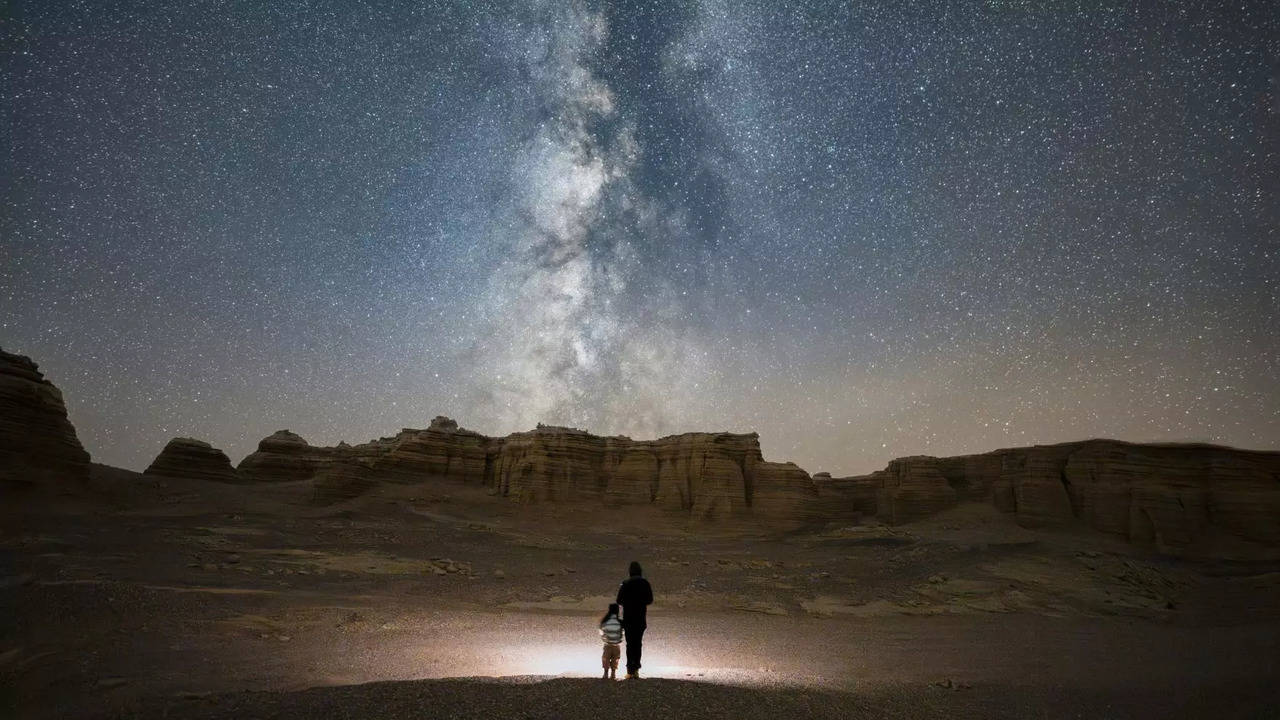
Nocturnal tourism: Why exploring the world at night will rule your days in 2025
On a chilly November night in Corbett, I found myself holding a hot mug of tea under the stars. “There’s Orion,” the guide whispered, as if he feared that if he spoke louder the constellation might disappear. I peered into the sky, and then took the help of binoculars, from which, after a while in the evening, 4 moons of Jupiter were also visible. In that moment, I realized that the night has its own stories – and they’re more thrilling than you might expect. After all, the night sky has inspired poets, dreamers, and travelers for centuries. And the world is collectively waking up to the magic of exploration at night, which brings us to one of the most anticipated trends of 2025: night routine,
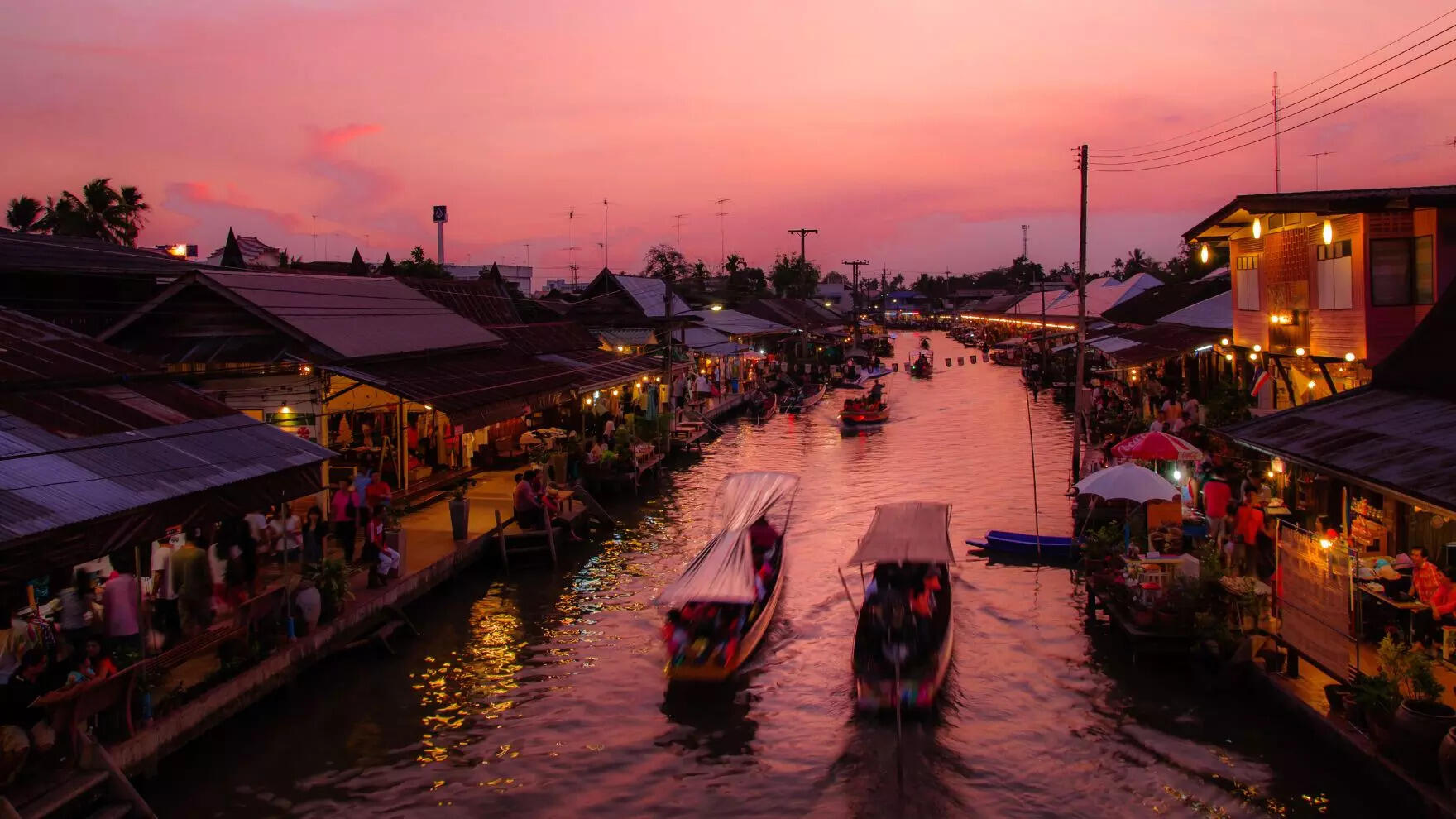
What is night tourism?
Instead of limiting activities to daylight hours, ‘after-dark tourism’ turns your itinerary upside down, and opens your eyes to the world’s nocturnal beauty. It’s not just stargazing (although that’s a big part of it). It has midnight wildlife safaris, moonlight walks, bioluminescent beaches, firefly boat rides, night food markets and cultural experiences that come alive after dark.
In India, the best places to see the night sky in its full glory would be the high hills. Think destinations like Ladakh, Spiti Valley, Uttarakhand, Sikkim and Arunachal. In fact, Hanle in Changthang is becoming a mecca for stargazers, who frequently head to this dark sky reserve, which is also home to the IIA’s Indian Astronomical Observatory. These locations are also home to experiences curated by Abhirup Paul, whose initiative, Eka Experiences, takes travelers to India’s most remote destinations for unique nighttime experiences.
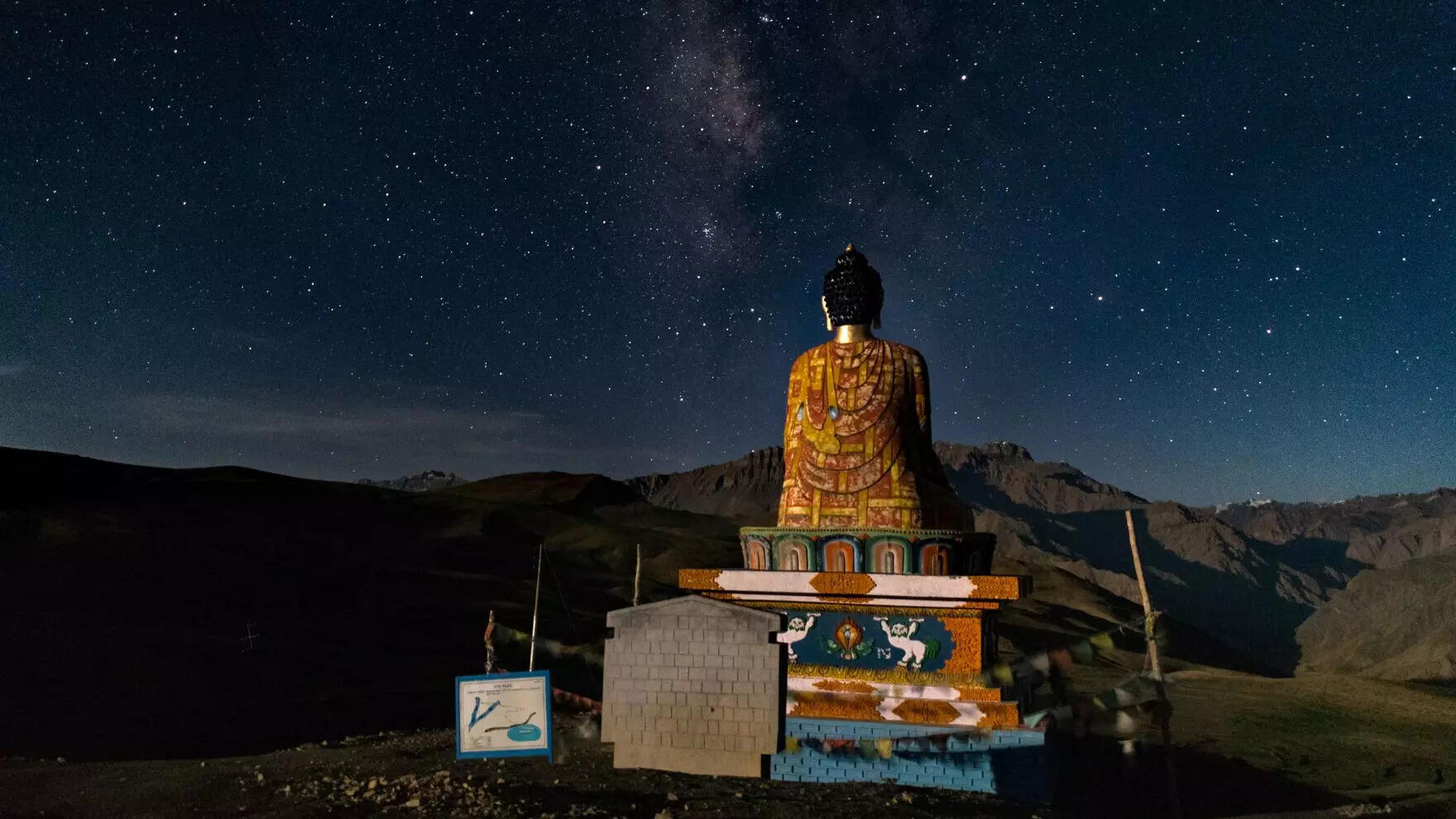
According to Paul, the best way to do this is to plan a multi-day camping trek or an overnight trek into the forest. “One of our favorite night experiences would be the Dong Valley Night Trek in Eastern Arunachal to see India’s first sunrise near the India-Tibet border. The experience requires our guests to be up and ready by 2 a.m. It includes a short drive to the base and then a guided trek in the dark through vast grasslands and sloping forests. For a walk in the forest with no light source, a moonlit night is not only beautiful but also helpful. After walking for a few hours on the mountain path and making sure that our head torches were illuminating the way, we finally reached the view point at the top. As the darkness gradually subsides, we see the first rays of the sun falling on the Indian land and the high mountains on the other side slowly lighting up,” he shared.
Hotel Line Up Night Sky Experience
While the blistering morning heat on the sand dunes of the Empty Quarter makes it quite unbearable, Anantara’s desert outpost called Qasr Al Sarab Desert Resort offers travelers the chance to enjoy cool nights under starry skies. The resort is one of many resorts that have seen a significant increase in demand for nighttime activities.

“Especially in summer, we see a growing trend of people preferring night activities. While the city is humid and hot, the desert is slightly drier in summer and has lower temperatures than the city, and this opens up opportunities for guests to enjoy the outdoors in summer. When the weather gets cooler, we still have a lot of demand for night activities, as the resort’s location offers unobstructed views for stargazing or the cool breeze makes it nice to camp out near the fire. We have a local astrologer who shares various astronomical stories with guests during the tours. Additionally, on full moon nights, the desert is illuminated and the shadows of the high dunes make it an ideal time to explore the Empty Quarter,” shares Jade Frame, Cluster Director, Sales and Marketing, Qasr Al Sarab. Here, you can go on a night camel ride or take part in adventure rides on fat bikes and e-bikes, which kids love.

Also in India, hotels like Voco Jim Corbett and The Kumaon in Uttarakhand have added astronomy evenings to their list of curated experiences. And the demand for such experiences may be driven by some factor other than our enduring love of the night sky – we are tired of the sun and the heat! According to Booking.com’s annual report, rising global temperatures have made sightseeing in the afternoon a sweaty experience, with 61% of respondents saying they would like to avoid the scorching heat altogether. That’s why cool evenings and balmy mornings are fast becoming prime times for exploration, allowing for a peaceful escape from the crowded, sun-drenched tourist traps.
Can night tourism be sustainable?
With overtourism fast becoming the biggest concern for the travel industry (and will dominate all conversations in 2025), could night tourism be the answer to our troubles?
Of course, the nocturnal routine is inherently unsustainable. Poorly managed nighttime activities – such as excessive lighting, noisy events, or unregulated tours – can disrupt wildlife, increase energy consumption, and disrupt the peace that tourists seek.
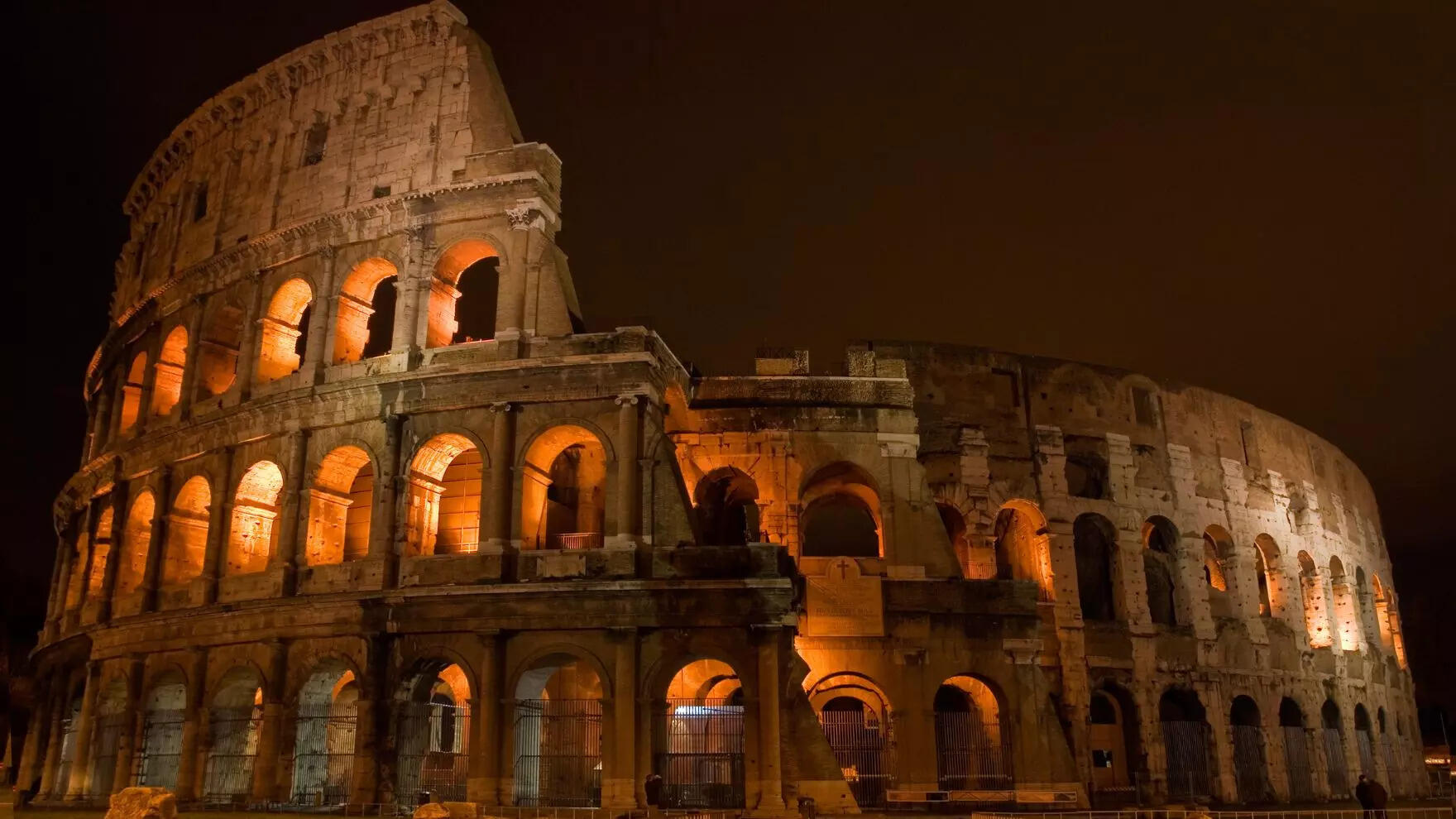
But, in some ways, it can help. Overtourism often blocks popular attractions during the day, causing overcrowding, pollution, and pressure on local resources. Nighttime exploration naturally disperses crowds, reducing the burden on infrastructure and allowing destinations to “breathe” during peak hours. And there are ways to ensure that we conserve natural and cultural resources during night trips. The responsibility is divided equally between travelers and the hospitality industry.
Also read: From redoubling to dark tourism: the strangest travel trends of 2024
“Limiting group sizes or maintaining a good guide-guest ratio is important for all experience operators. Along with safety briefings, we ensure that our guests are informed about ecology, cultural sensitivities, local customs, any noise or lights,” says Abhirup, “before any tour or Before embarking on the trek, we strive to share the principles of responsible travel and the ‘Leave No Trace’ principle with each guest. For example, at Hanle’s Dark Sky Reserve, visitors need to keep in mind that artificial lights, vehicle lights, etc. can disrupt night sky observations, leading to a bad experience for others. Employing local guides is an important way of uncovering local knowledge, as well as ensuring visitors are aware of the dos and don’ts in the area in terms of safety as well as respecting local customs. Do you know. At Dong, we employ only local guides from the indigenous community (who are mostly from the Mayer tribe of Arunachal) who guide our guests in the dark.
Get the latest news live on Times Now with travelogue, travel and breaking news and top headlines from around the world.
latest news
end of article




